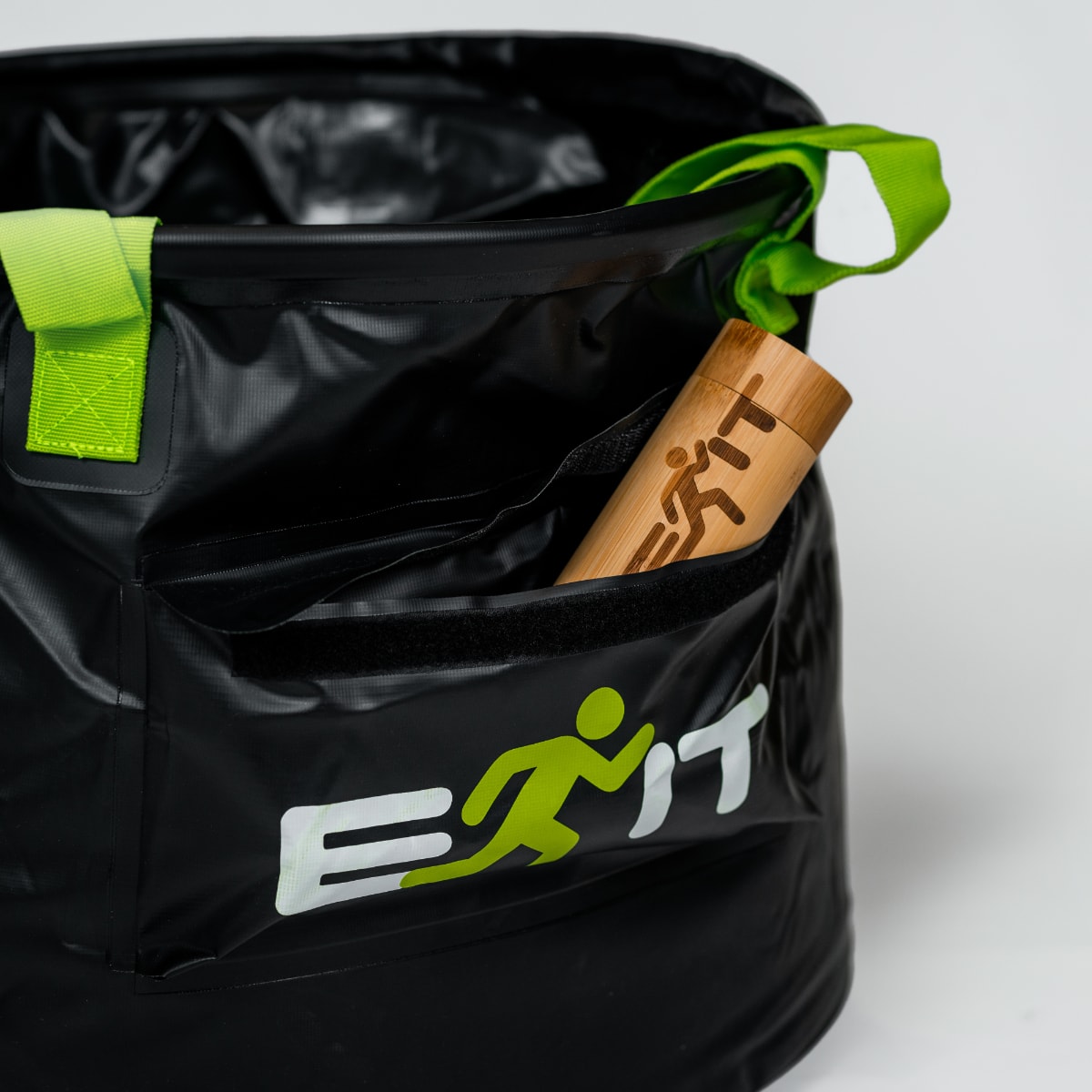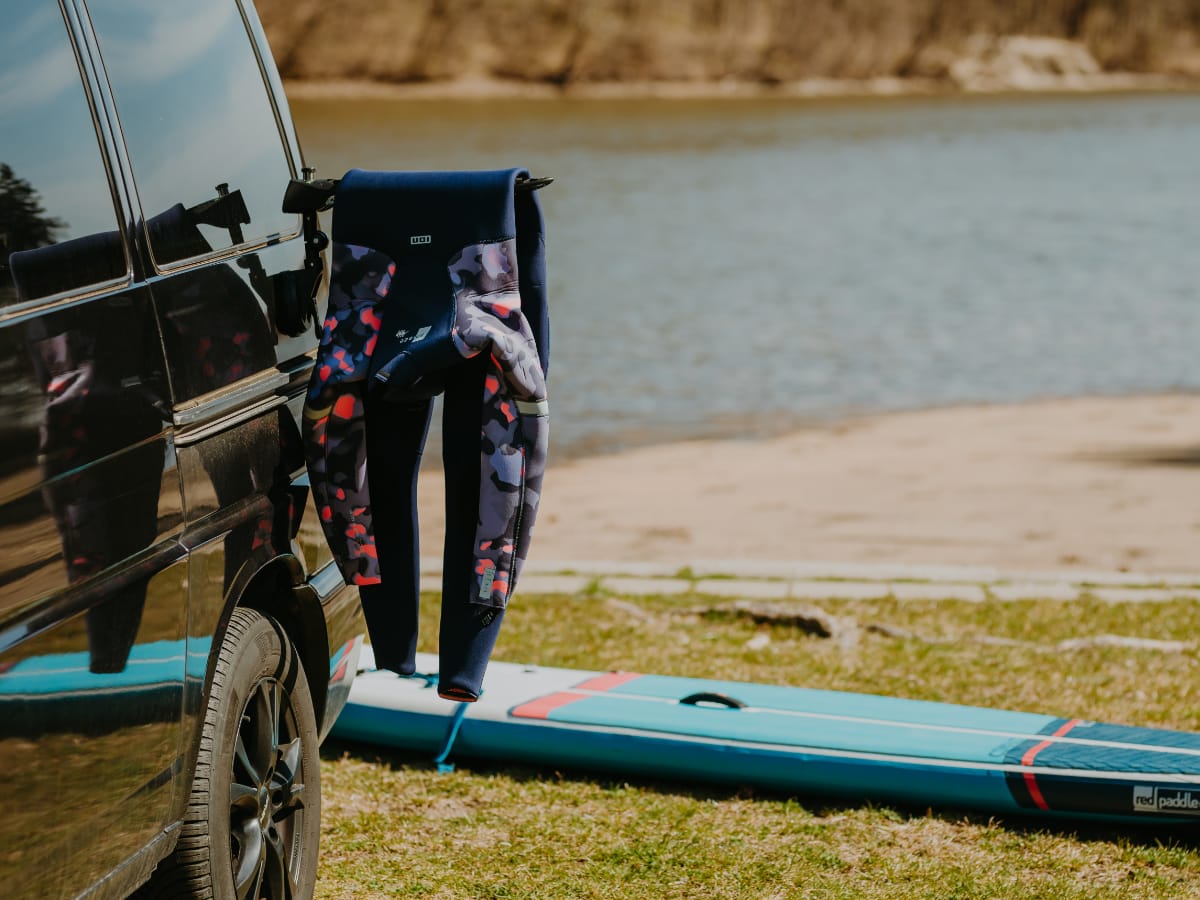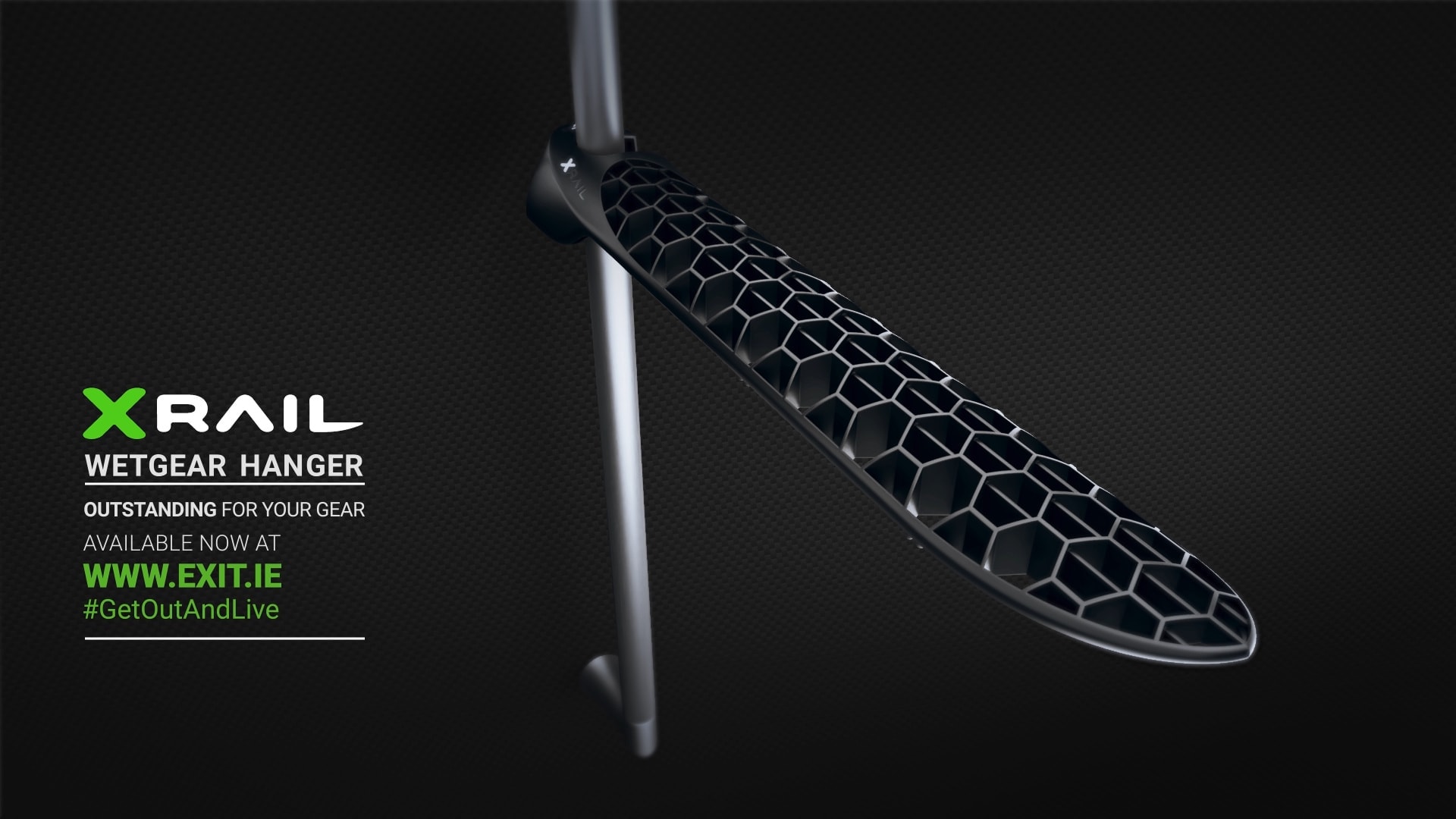Wetsuit care is an important topic and thing to grasp. Especially if you want to keep the cost of watersports – such as surfing – down.
Get multiple seasons out of your wetsuit and save money. These 7 useful tips to make your wetsuit last longer
Table of Contents
All shapes and sizes.
Wetsuits come in all shapes, colours and sizes. From bulky drysuits that offer protection in freezing conditions to smooth skin spring suits. For those days when the water is relatively warm. They are the ultimate accessory for helping you to stay comfortable in just about any ocean, lake or river with temperatures that are a few degrees south of balmy.
Good quality wetsuits for all watersports.
A decent wetsuit and wetsuit care will enable you to enjoy the watersport or water activity you’re engaged with to its fullest. Without feeling too cold or too constrained. The same wetsuit, however, will also cost a pretty penny. With most premium quality winter wetsuits guaranteed to set you back anywhere from €200 to €500.

At these prices, wetsuits become a carefully considered investment rather than just another throwaway purchase. Especially so if you’re a business owner who requires multiple wetsuits for your operation. So just like every investment you ever make, wetsuits also need to be looked after to ensure you get the most out of them. Wetsuit care is key.
Fail to do so and you can expect to get less than 100 uses out of your wetsuits before it starts to show signs of wear and loses its effectiveness in cold water. Before you know it, you’ll already be shopping for a replacement when the next season rolls around and forking out another few hundred Euros. Unnecessarily… may we add.
Luckily for you though we here at EXIT are the experts when it comes to caring for wetsuits. And thanks to the following 7 tips to make your wetsuit last longer we’ve compiled below, you’ll be able to get your money’s worth and continue enjoying the watersports and water activities you’re passionate about in total comfort.
1. Rinse it in fresh water after every use
If you’re using your wetsuit in the ocean or any body of saltwater, your first port of call when you get out should be to rinse it with fresh water. The reason for this is that salts, minerals and even bacteria found in saline waters can accumulate in wetsuits if they’re not washed after every session. This is one of teh main wetsuit care tips.

Leaving it to marinate sans wash can therefore lead to your wetsuit producing some funky smells. Not to mention the build-up can also create weaknesses that will greatly reduce the lifespan of your wetsuit. Our advice is to fill a bucket with cool fresh water and dunk your wetsuit into it, stirring it around and being sure to saturate its entire surface. A quick spritz with a garden hose will also suffice if you don’t have a bucket.
2. Leave it to dry in the shade
Direct sunlight (UV) to neoprene is like kryptonite to Superman. It accelerates the rate in which your wetsuit will deteriorate, encourages the fading of colours and can even damage the seals, which is one of the most delicate parts of any wetsuit.
For this reason, we recommend leaving it outside in the open air out of from direct sunlight. And only in your shower if it’s absolutely necessary. This will ensure your wetsuit dries quicker and more evenly, especially so if there’s a breeze. In no circumstances should you ever use a dryer, hang it next to a heater or leave it in your car on a hot day. Heat can be just as bad as UV rays, breaking down your suit in a matter of weeks. Another cornerstone of wetsuit care.
3. Use a specialised wetsuit hanger
Conventional hangers are popular purely because their cheap and accessible. The truth is though that A-frame hangers damage your wetsuit faster than sun and saltwater combined, placing undue stress on the neck and shoulder areas of a suit. Eventually stretching it out and comprising its fit to the point it leaks.
With a specialised wetsuit hanger such as the EXIT XRail, you can dry your wetsuits by draping it at the waist, which ensures you won’t stress these crucial areas or damage the seams on the upper chest. This means that by using our XRail you can also ensure new wetsuits stay feeling new and old wetsuits keep kicking for multiple seasons. Giving you more bang for your buck and helping you save money on a premature replacement.
4. Remember to dry the inside and the outside
There’s nearly nothing more unpleasant than reaching inside your wetsuit after hanging it out to dry, only to realise the inside is still damp. That warm, moist feeling is memorable for all the wrong reasons and you’ll feel compelled to wash your hands with antibacterial after experiencing it.
Avoiding this nasty little surprise though is easier than you think. Simply turn your wetsuit inside out or vice versa once one side has dried, being careful to unroll the arms and the legs completely before hanging back up. Do this and you can look forward to a completely dry wetsuits when it comes time to hit the water again. Better yet, you won’t have to deal with a swampy interior the next time you pick it up.

5. Use an all-natural deodoriser
No matter how often you wash your wetsuit in cold water after usage, they do tend to smell a little off after 50 plus uses. This is mainly due to improper storage, however, in some cases, it can simply come down to the fact that wetsuits trap sweat, body oils and bacteria within the neoprene’s foam.
Leaving your wetsuit to air out for a couple of days can lessen its stench. But if you really want to get rid of its funky scent, you’ll need to take action. And use a commercial wetsuit shampoo or deodoriser. These are available for purchase online and do a fantastic job of eliminating odours. They’re also an awesome alternative to simply setting your suit on fire when the stench becomes too much to bear.
6. Try to avoid doing any ‘wetsuit warmers’
A wettie warmer is our codename for the act of peeing in your wetsuit, a short-term strategy for relieving yourself that can also serve to warm you up at the same time. Needless to say, it’s pretty gross. But in certain situations, wettie warmers are inevitable.

Too much water before hitting the water can bring on the need to bust out a wettie warmer. As can extended sessions or those circumstances when taking off your wetsuit on land is too much of a hassle. Your best bet to avoid doing them then is to make sure you go to the toilet before suiting up. But if you must go, refer to tip number 5 above and perhaps add a cap full of Dettol to your wetsuit bucket when you rinse it.
7. Don’t wear a wetsuit in chlorinated water
Our final tips when it comes to making your wetsuit last longer is to refrain from wearing it in chlorinated water. This mainly means not using your wetsuit in a swimming pool; however, it also extends to waterparks and wavepools that use chlorine as a cleaning chemical.
If you must wear a wetsuit in these bodies of water, you’re better off wearing something cheap. Chances are the water will be heated to a comfortable temperature anyway, so it won’t need to be top of the line. Rinsing your wetsuit after wearing it in chlorinated water is essential, even more so than after wearing it in saltwater.


